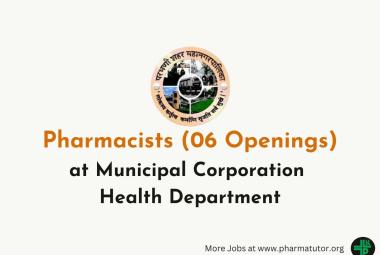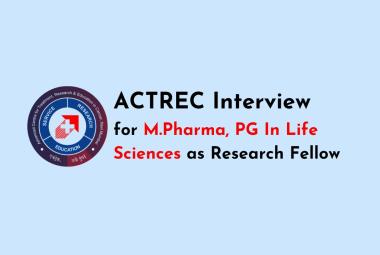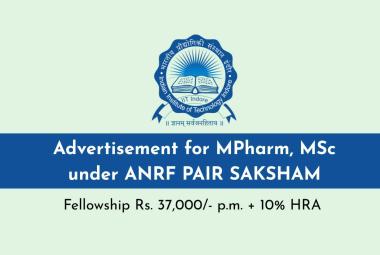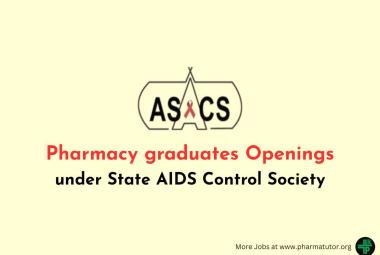Since the biosimilar pathway was established in 2010, there’s been debate about how biological products should be named, and whether a unique identifier such as a distinguishing suffix should be added to the proper (i.e., non-proprietary) names of biological products to help ensure strong pharmacovigilance. Some have argued that the addition of a distinguishing suffix could serve as a barrier to the use of biosimilar products and brisk competition. But I do not believe that the naming convention should be used to advance these goals if it could come at the expense of the ability to ensure patient safety.
In January 2017, the FDA published a guidance document in which we sought to balance these concerns by using a distinguishing suffix to the proper names of biological products, including not just biosimilars, but originator products as well. By applying this policy to originator and biosimilar products alike, the FDA sought to advance the goal of patient safety – which the suffixes promote – without creating a misimpression that products with such suffixes are somehow inferior to those without. In addition, the FDA announced in that guidance that the agency was considering the process to retrospectively change the names of biological products already on the market, to begin adding distinguishable suffixes.
FDA releasing an updated draft guidance that explains that:
• The FDA no longer intends to modify the proper names of biological products that have already been licensed or approved under the Public Health Service Act without an FDA-designated suffix in their proper names.
• The FDA does not intend to apply the naming convention to the proper names of transition biological products.
• Going forward, for interchangeable biosimilars, the FDA intends to designate a proper name that is a combination of the core name and a distinguishing suffix that is devoid of meaning and composed of four lowercase letters.
This framework will help secure pharmacovigilance so that the FDA can effectively monitor all biological products in the post market – originators and biosimilars – and promote patient safety. To aid in adverse event report tracking, originator, biosimilar and interchangeable products will have nonproprietary names that are distinct from each other. Additionally, under this updated policy, any product that is first licensed as a biosimilar and later determined to be interchangeable will keep its nonproprietary name after receiving a determination of interchangeability.
The naming policy will provide consistency among biologics and will help ensure health care providers and patients have confidence in the safety and effectiveness of any biological product on the market. To achieve these goals, the unique four-letter suffix that’s incorporated as part of a biological product’s nonproprietary name is being applied to originator products going forward, as well as to any biosimilar and interchangeable products, so they can be appropriately distinguished from one another at the pharmacy level. Because biologics are generally complex and typically impossible to replicate in the way small-compound drugs can be, and even though biosimilars have no clinically meaningful differences from the reference product, these unique suffixes are a critical component of the FDA’s ability to track adverse events to a specific biological product and manufacturer so that appropriate action can be taken when needed to protect patients.
The naming convention is meant, first and foremost, to ensure patient safety by helping providers and patients properly identify products where it’s important to be able to distinguish between different medicines and different versions of similar or interchangeable products. As it stands, the proper names of all 17 approved biosimilars have been approved with the four-letter suffixes, as have the proper names of 27 originator biological products. As the FDA continues to apply this policy, we expect that a steadily increasing proportion of licensed biological products, including originator products, will have nonproprietary names that include four-letter suffixes. Of the biological products within the scope of the policy, only those originator products licensed prior to the implementation of the policy will lack a suffix.
After the FDA issued its 2017 guidance on biologics naming, we heard the concerns from stakeholders that one aspect of the policy – changing the names of older biologics to add suffixes – would impose substantial costs on the health care system and had the potential to create confusion that could increase risks to patients as drug names don’t often change after drugs go to market. After careful consideration, the FDA has determined that the crucial public health goals of the naming policy could still be accomplished by applying the naming convention to newly licensed biological products, while avoiding the negative consequences raised by extending the naming convention to previously licensed products.
To advance all of these complementary goals, we are taking many additional steps to promote competition and access. In July 2018, announced the Biosimilars Action Plan to help advance the agency’s implementation of the Biologics Price Competition and Innovation Act. A key part of the plan is to improve the efficiency of the biosimilar and interchangeable product development and approval process. The plan also seeks to increase scientific and regulatory clarity for the biosimilar development community. In December 2018, the agency announced a suite of new policy actions advancing this plan, including new guidance describing the agency’s approach to the statutory transition of approved applications for biological products currently regulated under NDAs to being regulated under BLAs on March 23, 2020. This important milestone will enable, for the first time, products that are biosimilar to, or interchangeable with these transitioned biological products, like insulin, to come to market.







